
Pakistan’s headline inflation, measured by the Consumer Price Index (CPI), has clocked in at 8.79% year-on-year in September compared to 9.05% in August, data shows, making a strong case for the central bank to slash interest rates in the monetary policy announcement this week.
According to analysts, the lower inflation number will ease pressure off the central bank, which is expected to further reduce the benchmark interest rate when it unveils the monetary policy on Friday this week. In August, the State Bank of Pakistan has already cut the interest rate by a huge 150 basis points to 10.5%.
Commenting on the drop in inflation, Standard Capital Securities Head of Research Faisal Shaji said it would help the government in its negotiations with the International Monetary Fund (IMF) over performance of the economy before general elections next year.
“Though this small decline will not change harsh ground realities for the people, it will provide a good opportunity for the government to claim that its policies are working and inflation is continuously coming down,” he said.
The government can say “look when we came in 2008, the inflation was above 20% and when we are leaving the figure is under 10%.”
However, the purchasing power of people has come down considerably because of persistently high inflation over the past few years, Shaji said, adding the situation was getting difficult for the common man.
In a report, Shajar Research said moderate inflation in single digit and stability on the external front in the near term, well supported by recent release of over $1 billion from the US under the Coalition Support Fund (CSF), would give room to the central bank to further reduce interest rates.
In addition to these, robust remittances from overseas Pakistanis, duty-free access to European markets for selected products and hefty yarn imports by China should further support the central bank.
On a month-on-month basis, the CPI grew 0.79% in September compared to August while average CPI for three months of fiscal year 2012-13 rose 0.48% from the previous quarter.
Topline Securities commented that though they still awaited complete details of the data, the expected major reason behind the decline in inflation was the fall in food prices.
It said the soft inflation numbers could allow the central bank to continue the process of monetary easing and expected another 50-basis-point cut in the policy rate in the monetary policy on October 5.
Risks
While the encouraging single-digit CPI was expected to continue in the near term, price pressures from firm international oil prices and higher global food prices – estimated to have increased by 11% since June 2012 – were big risks, Shajar Research said in its research note.
A sharp uptick in government borrowing ahead of general elections and weakness in the rupee against the US dollar may also lead to inflationary pressures and increase prices in the country in coming months, it added.
Published in The Express Tribune, October 2nd, 2012.
COMMENTS (4)
Comments are moderated and generally will be posted if they are on-topic and not abusive.
For more information, please see our Comments FAQ




1737115370-0/fizza-(51)1737115370-0-165x106.webp)
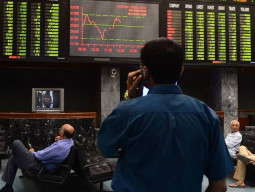


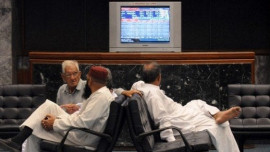
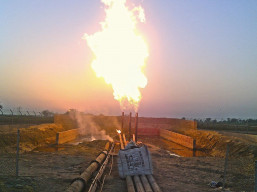
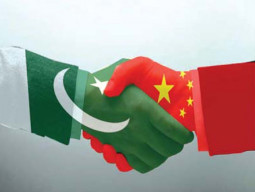









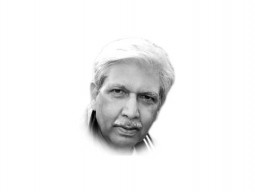

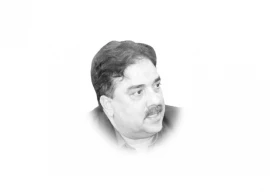
Inflation will go up again because of the expected rise in commodity prices as a result of the federal reserve's 3rd round of quantitative easing.
If media projects these statistical facts rather then rhetorical cries about inflation it will not only encourage investment but also go a long way to give the general populace a much needed sense of financial security.
Pakistan's unemployment rate also remains below most countries in the world. Projection of figures like these are need of the hour for people to retain confidence in the democratic process.
On present policies inflation is unlikely to stay down!
I hope they cut down the interest rate to 9 percent!